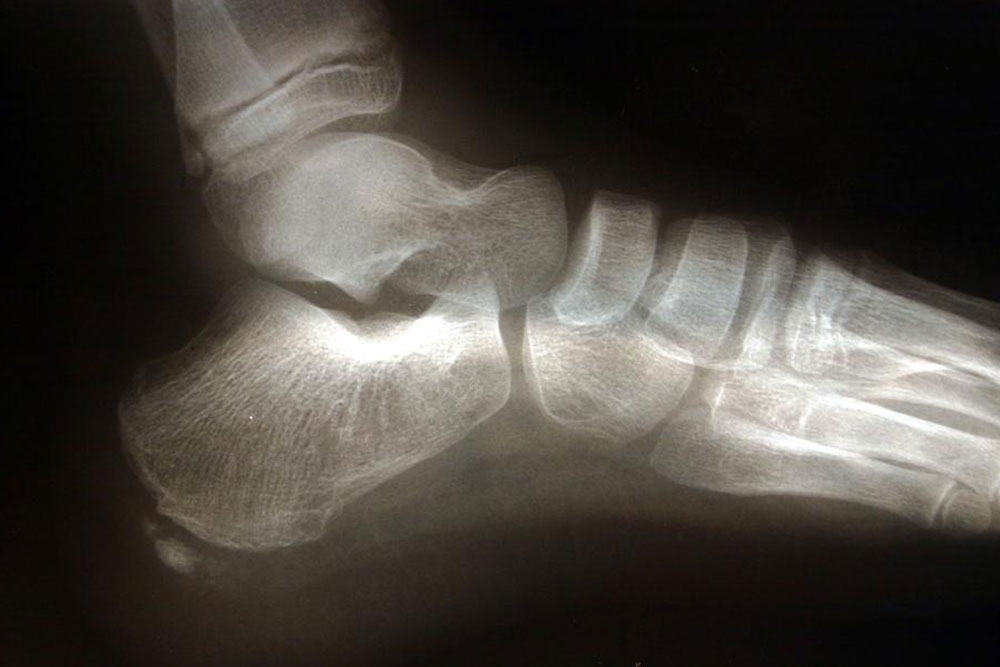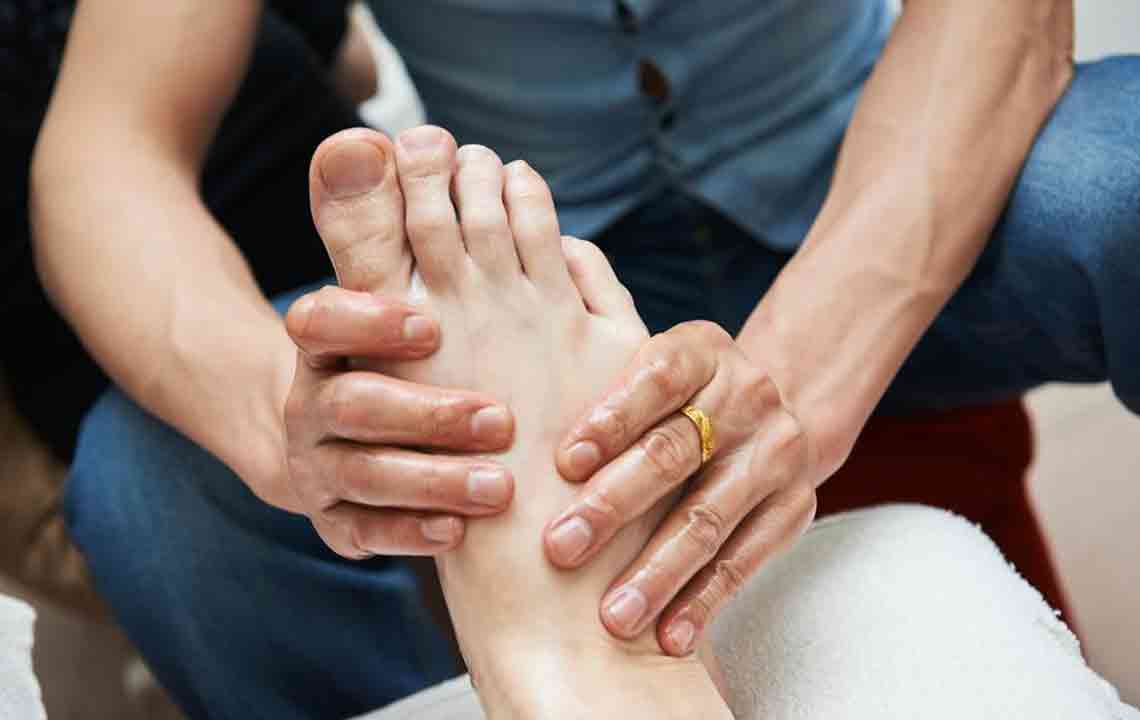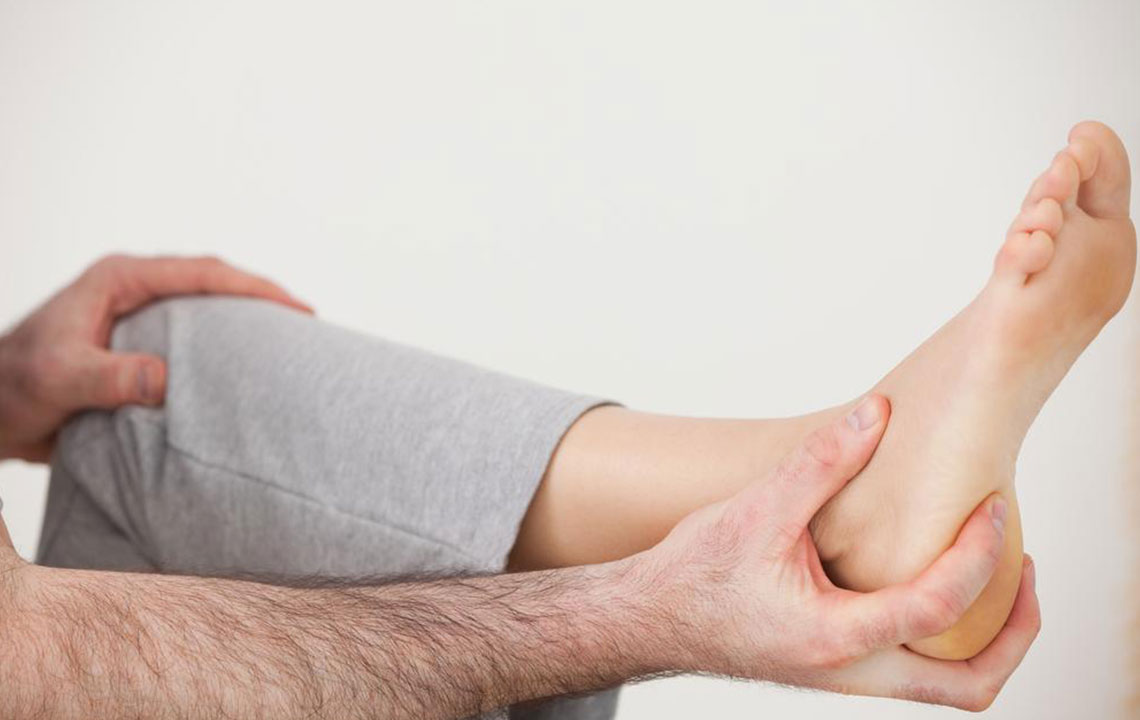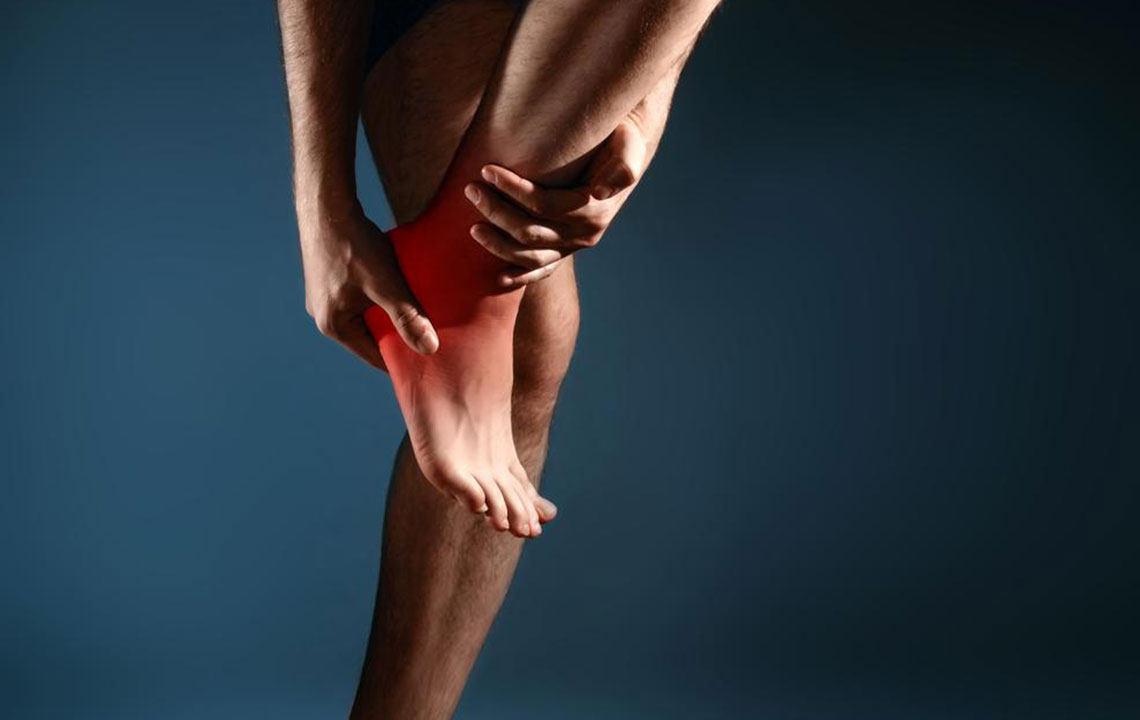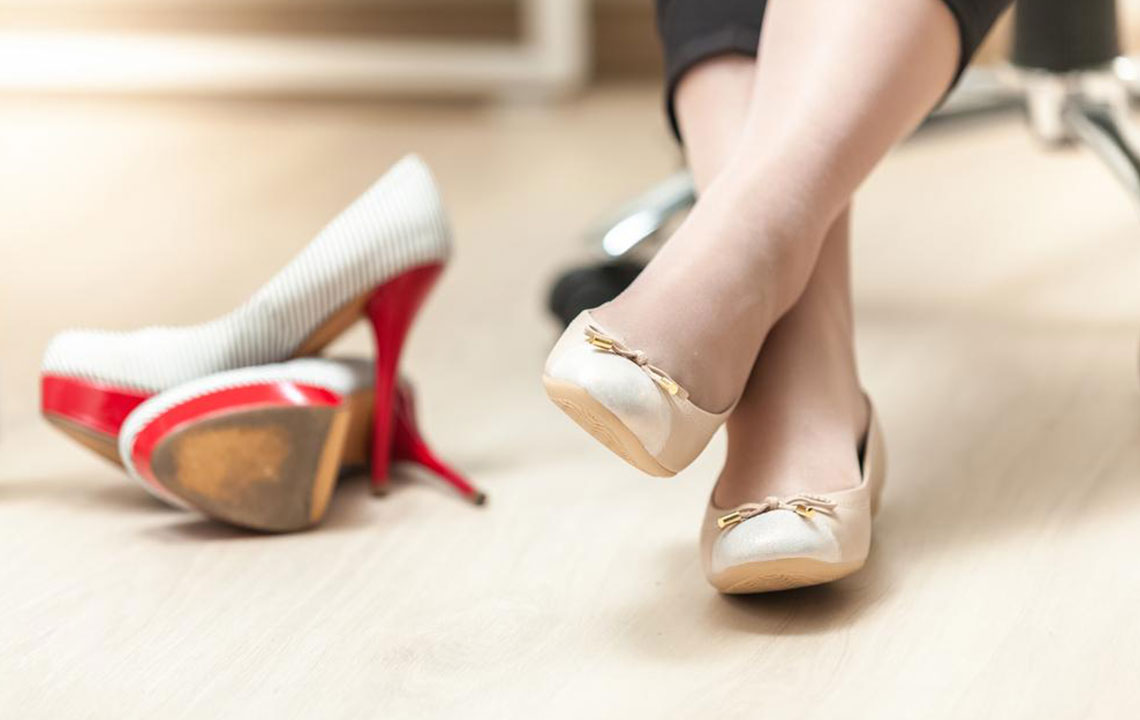Comprehensive Guide to Footwear Options for Heel Spur Relief and Better Foot Health
Explore comprehensive footwear options for heel spur relief, including top brands like Kuru, New Balance, and Z-Coil. Learn how to select shoes that support healing, improve comfort, and prevent future heel problems. This guide offers detailed tips on shoe features, activity-specific choices, and lifestyle habits essential for managing heel spurs effectively.
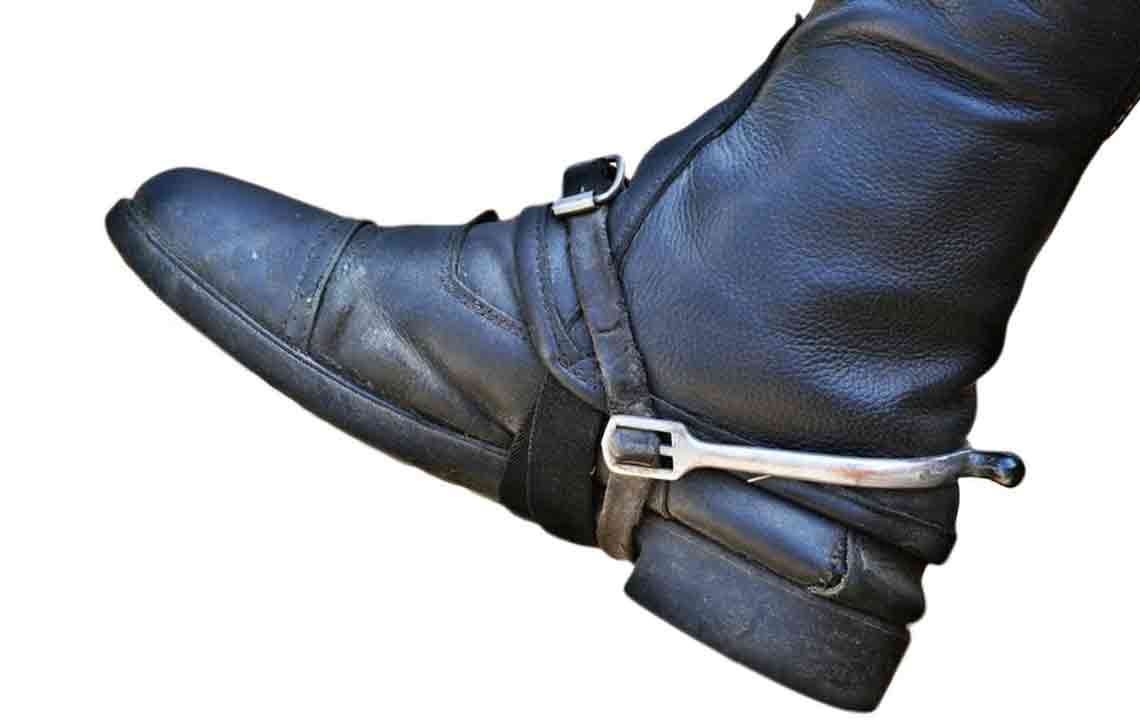
Comprehensive Guide to Footwear Options for Heel Spur Relief and Better Foot Health
Heel spurs, also known as calcaneal spurs, are bony outgrowths that develop on the heel bone, often causing significant discomfort and affecting daily activities. These spurs can form from repetitive ligament strain, abnormal walking gait, prolonged impact on hard surfaces, or inadequate footwear. The pain and inflammation associated with heel spurs can lead to difficulty in walking, standing, or even performing routine tasks. Thankfully, choosing the right footwear can play a crucial role in alleviating symptoms, preventing further aggravation, and promoting healing. Proper shoes provide essential support, cushioning, and flexibility tailored to your individual foot structure, which is vital for managing heel spurs effectively.
Since every person's foot anatomy varies, customizing footwear to fit your specific needs is essential. Selecting appropriate shoes not only helps relieve current pain but also helps prevent the formation of future heel issues. Footwear that considers your activity level, foot arch, and gait pattern can make a significant difference in managing heel spur pain and enhancing overall foot health.
Choosing the ideal footwear involves examining various factors such as design, support features, comfort, and adaptability to specific activities. Though no single shoe is perfect for everyone, certain styles and brands are renowned for their supportive qualities and ability to help alleviate heel spur symptoms. Here is a detailed overview of some of the top footwear options recommended for individuals suffering from heel spurs:
Kuru Footwear
Kuru shoes are widely recognized for their innovative comfort technology designed to prevent and reduce heel spurs. Their signature KuruSOLE footbed molds closely to the individual’s foot shape, ensuring proper alignment and reducing strain on the heel. The shoes provide a combination of stability, flexibility, and cushioned support, making them ideal for all-day wear. Their ergonomic design aims to minimize pressure points, reduce impact, and promote natural movement, which is crucial for heel spur recovery.
New Balance Sneakers
New Balance is a reputable brand known for its supportive sneakers that cater to various foot types. Their footwear features reinforced arch support, thick cushioning, and shock-absorbing midsoles, which help in distributing pressure evenly across the foot. This reduces the stress on the heel and can significantly decrease heel spurs discomfort. Regularly replacing worn-out insoles, approximately every six months, ensures continued optimal support and comfort. These shoes are particularly suitable for individuals who spend a lot of time walking or standing.
Z-Coil Footwear
Z-Coil shoes are designed with a specialized coil technology that effectively minimizes impact forces transmitted to the heel and plantar fascia. This feature is especially beneficial for heel spur sufferers, as it reduces pain during weight-bearing activities. Z-Coil shoes also provide sturdy arch support and ample padding to absorb shock. Their durability and performance assurance make them a popular choice for those seeking long-term relief. The brand even offers a full refund policy if the footwear doesn’t meet expectations, reflecting their confidence in product quality.
When selecting shoes to aid in heel spur recovery, it’s essential to consider several supportive and functional features:
Look for shoes with a firm, supportive heel counter. This component stabilizes the heel and prevents excessive inward or outward rolling—known as overpronation or supination—that can worsen heel problems. Proper heel support ensures better alignment and reduces strain on the heel bone and surrounding tissues.
Test the flexibility by gently bending the shoe at the middle of the sole. Ideal shoes should have some give, indicating they can accommodate natural foot movement and promote heel comfort without sacrificing stability.
Match your footwear to your primary activity—whether walking, standing for extended periods, or light running—to ensure the support aligns with your needs. Prioritize shoes that provide comprehensive arch support, cushioned insoles, and comfort around the heel and toes, to minimize stress and prevent aggravation of heel spurs.
In addition to selecting suitable footwear, incorporating foot exercises, performing stretching routines, and resting your heels can accelerate healing. Lifestyle changes such as weight management through a healthy diet and regular exercise can also help reduce undue pressure on the heels. Small modifications in walking techniques and avoiding hard surfaces whenever possible can further decrease the risk of developing or worsening heel spurs. Combining proper footwear with these supportive habits is vital for effective recovery and maintaining long-term foot health.

